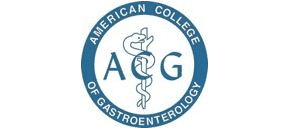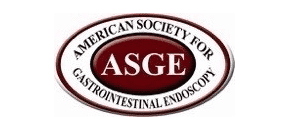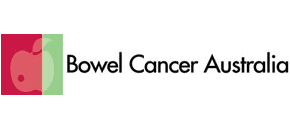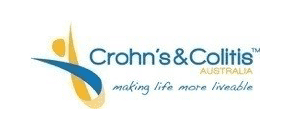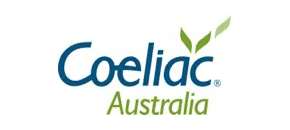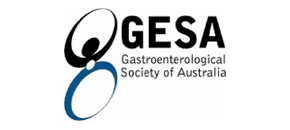The very best
of holistic care.

Why come to us?
Caring, experienced team
We have an expert team of Gastroenterologists, Colorectal surgeons and dieticians that take pride in providing expedited and quality care.
Innovative health care
Our specialists are passionate about evidence-based medicine and the management of our patients is based on this approach.
Holistic care
Multidisciplinary team comprising specialist gastroenterologists and nutritionists, ensuring patients receive comprehensive holistic care.
See our reviews
Almost half of our referrals come from other patients, and we are very proud of this fact. We have treated entire families of some of our patients and would feel privileged to treat yours.
Services we provide
We cover all aspects of gastroenterology, hepatology, colorectal surgery, dietetics and pathology including;


Conditions we treat
The accredited team of specialists can help patients with the diagnosis and management of the following gastrointestinal health conditions:
Our philosophy
Our specialists at The Centre for Gastrointestinal Health acknowledge a social view of health by promoting the concept of self-reliance to individuals and empowering them in exercising control over conditions which determine their health. We also believe that “quality medical care” should be accessible to all without cost being a barrier to seeing the specialists at our centre.
Meet the team
The Centre of Gastrointestinal Health has an experienced team that is made up of specialists, dieticians, anaesthetists, nurses and practice managers. Our extensive and professionally diverse team guarantee the best outcomes for your gastrointestinal condition, ensuring quality care from diagnosis through to recovery.
Our Gastrointestinal Specialists


Dr Ramesh Paramsothy
BSc (Med), MBBS, MMed (Clin Epi),
FRACP
Gastroenterology
Hepatology
Inflammatory Bowel Disease

Dr Praka Sundaralingam
BSc (Med), MBBS, MMed (Clin Epi),
FRACP
Gastroenterology
Hepatology
Interventional Endoscopy


Dr George Emerak
MBBS, FRACP
Interventional Gastroenterologist
Advanced Polypectomy
Bowel Cancer Screening
Advanced Endoscopy

Dr Farzan Bahin
MBBS(Hons), FRACP,
PhD, MPhil
Gastroenterology
Direct Access Endoscopy
Senior Lecturer at USYD

Dr Serena Singh
MBBS, FRACGP, FRACP
Gastroenterology
Hepatology
Chronic Liver Disease
Colorectal Screening & Prevention

Yvonne Unsworth
Practice Manager


Dr Bailey Sanderson
FRACP, MBBS, BSci, BComm
Gastroenterologist
Hepatologist
Endoscopy
Bowel Cancer Screening
Inflammatory Bowel Disease

For more information about our specialists, anaesthetists, practice nurses and practice managers view here.
Memberships
The team at the Centre for Gastrointestinal Health is members of the following professional associations:
FAQs
Why am I being referred to a Gastroenterologist?
A gastroenterologist is a specialist doctor who helps with all gastroenterology needs and diagnosing and managing a variety of conditions. When a patient has symptoms relating to their organs in the gastrointestinal tract, including the stomach, oesophagus, large and small bowels, liver, gallbladder and pancreas, they will often be referred to a gastroenterologist.
What are common symptoms?
Diarrhoea, constipation, difficulties swallowing, heartburn, abdominal pain. Patients with a family history of colon cancer or bowel polyps can also be referred to a gastroenterologist.
What do I bring to my appointment?
New patients will be required to complete a registration form at their first visit. We also ask you please bring the following documentation to assist the staff:
- Insurance card
- Referral documents
- A list of current medications (if any)
- Recent blood test results
- Recent x-ray results (such as upper GI series, barium enema, ultrasound, or CT scans of the abdomen or pelvis)
- Copies of past medical records (these may have already been sent to our specialists by your doctor)
Locations
We are conveniently located at:
Bella Vista
Sky City
Suite 212, 20A Lexington Drive,
Bella Vista, NSW 2153
Ph: 8814 1133
Fax: 8814 1988
Bowral
45 Bowral Street
Bowral, 2576
Ph: 1300 038 237
Fax: 1300 039 891
Castle Hill
76 Showground Road,
Castle Hill, 2154
Ph: 1300 580 239
Fax: 1300 582 964
Gregory Hills
The Hub
Shop 2B
31 Lasso Road
Gregory Hills, 2557
Ph: 1300 614 488
Fax: 1300 614 466




